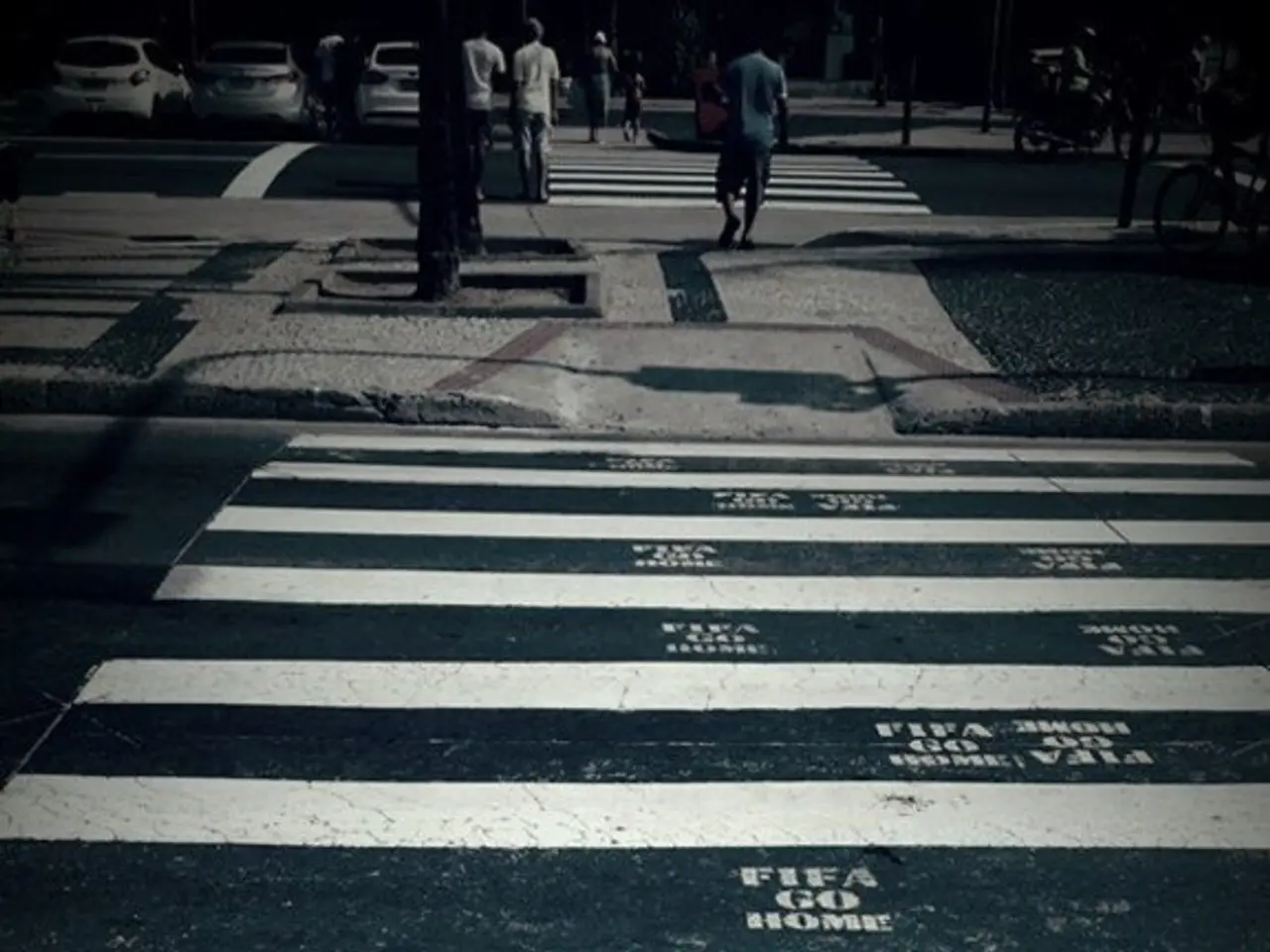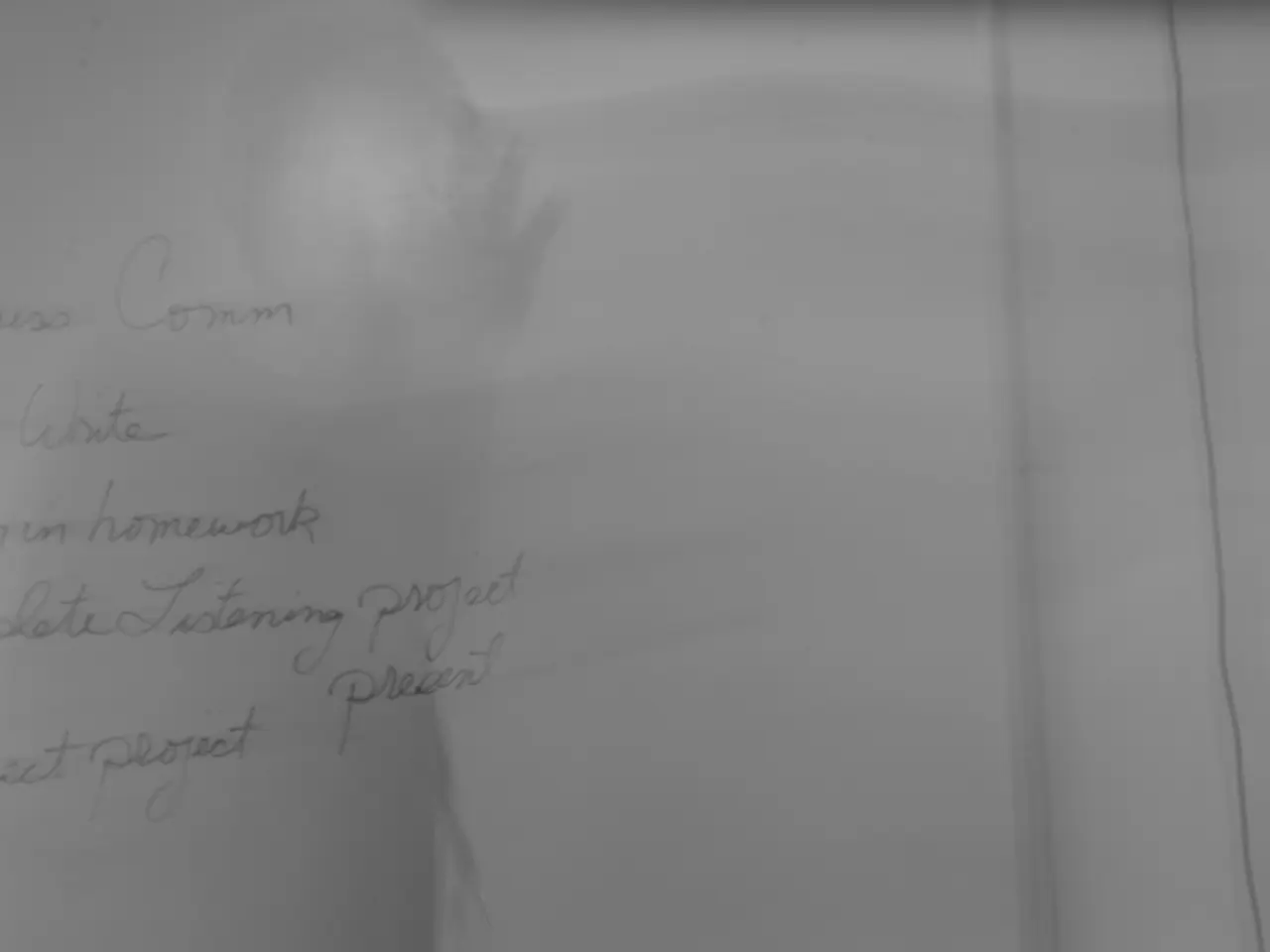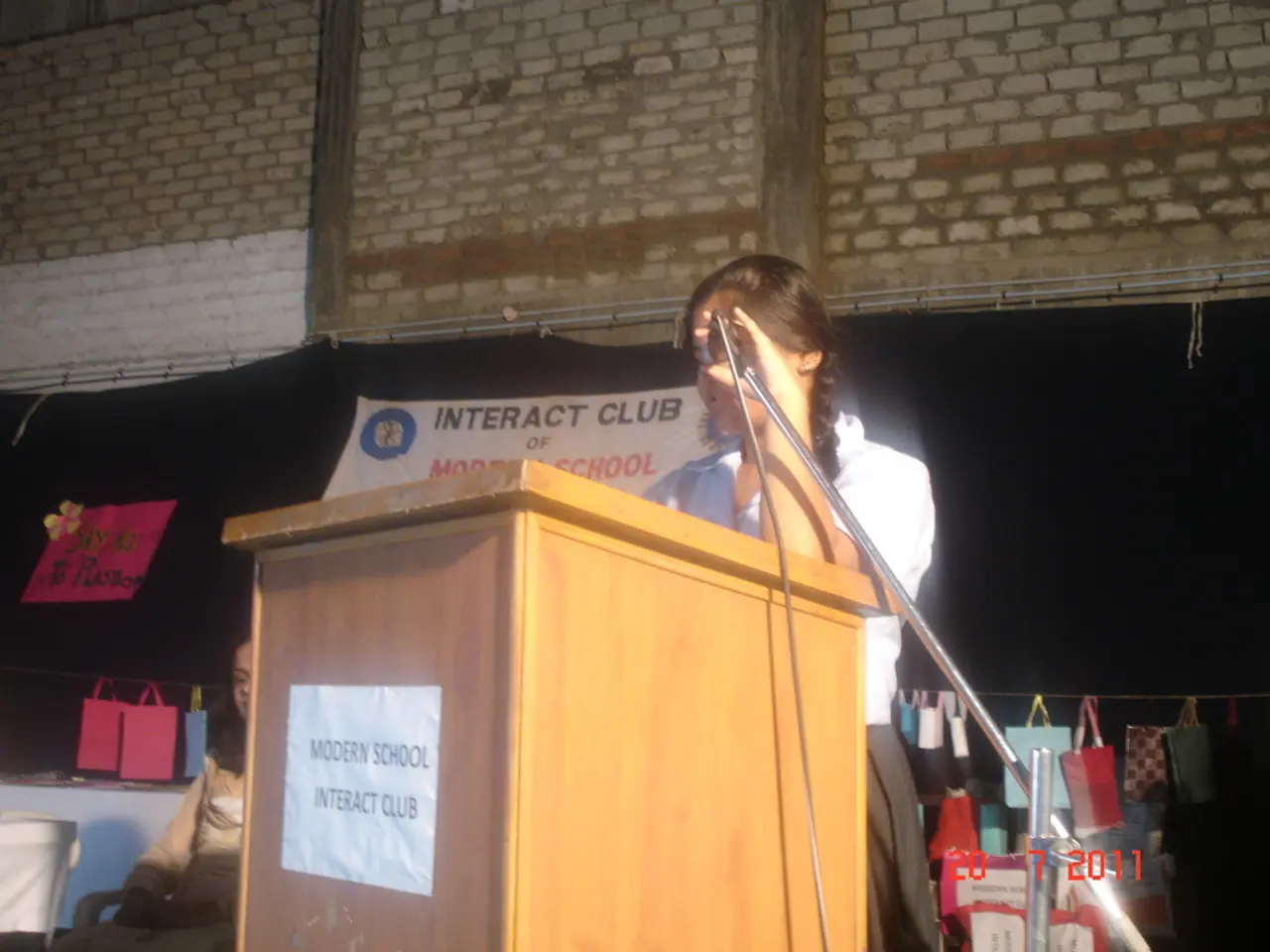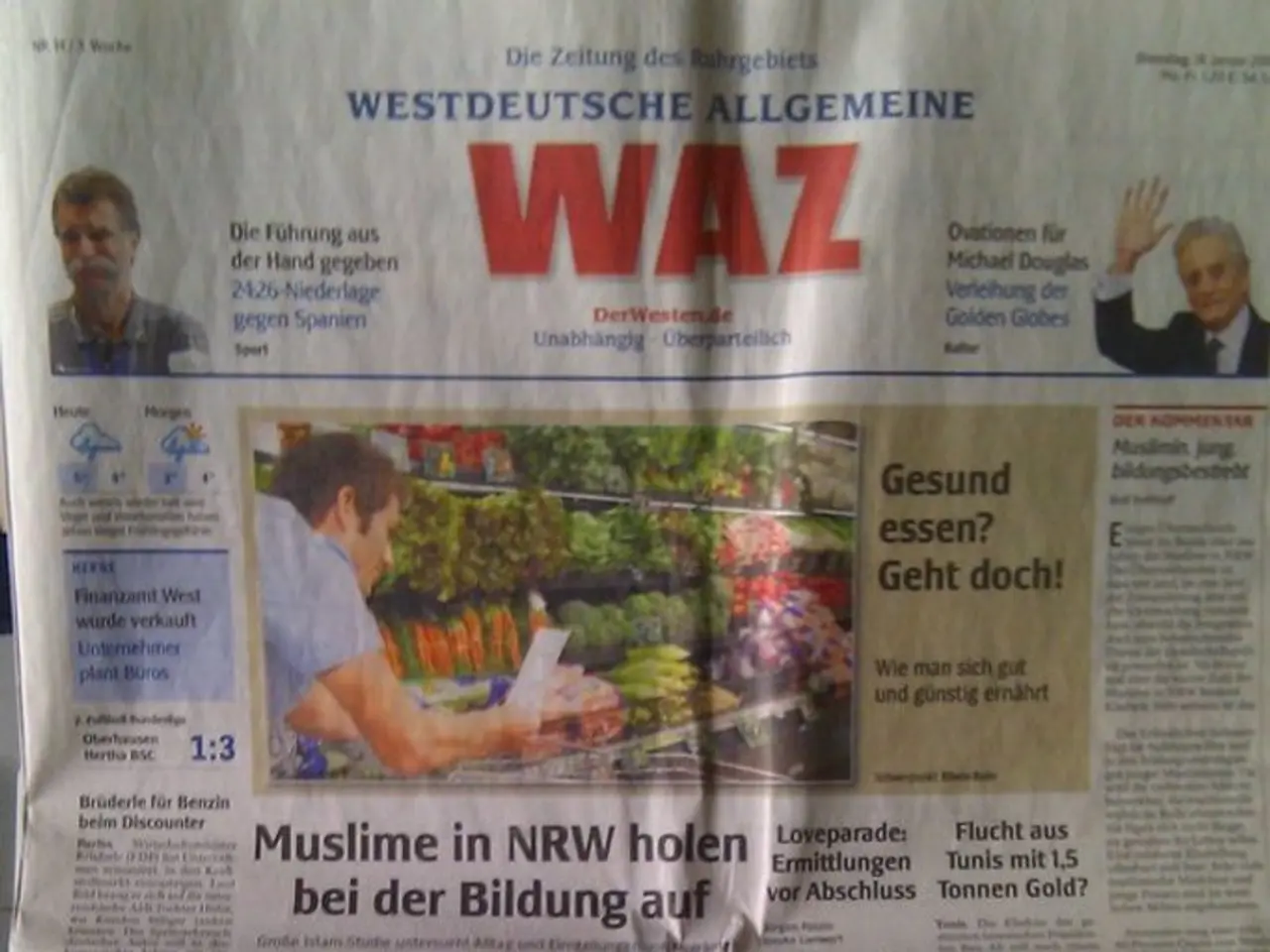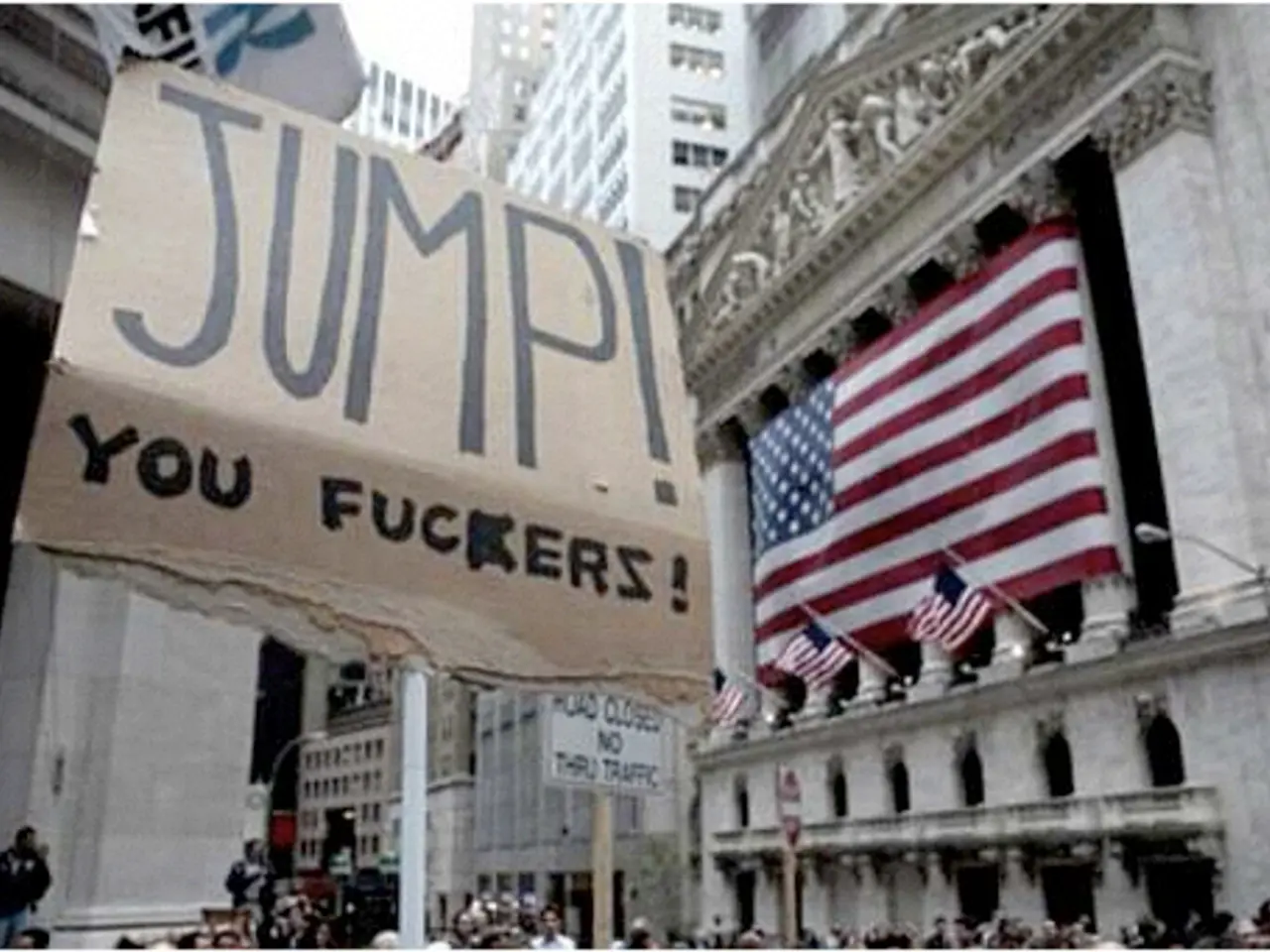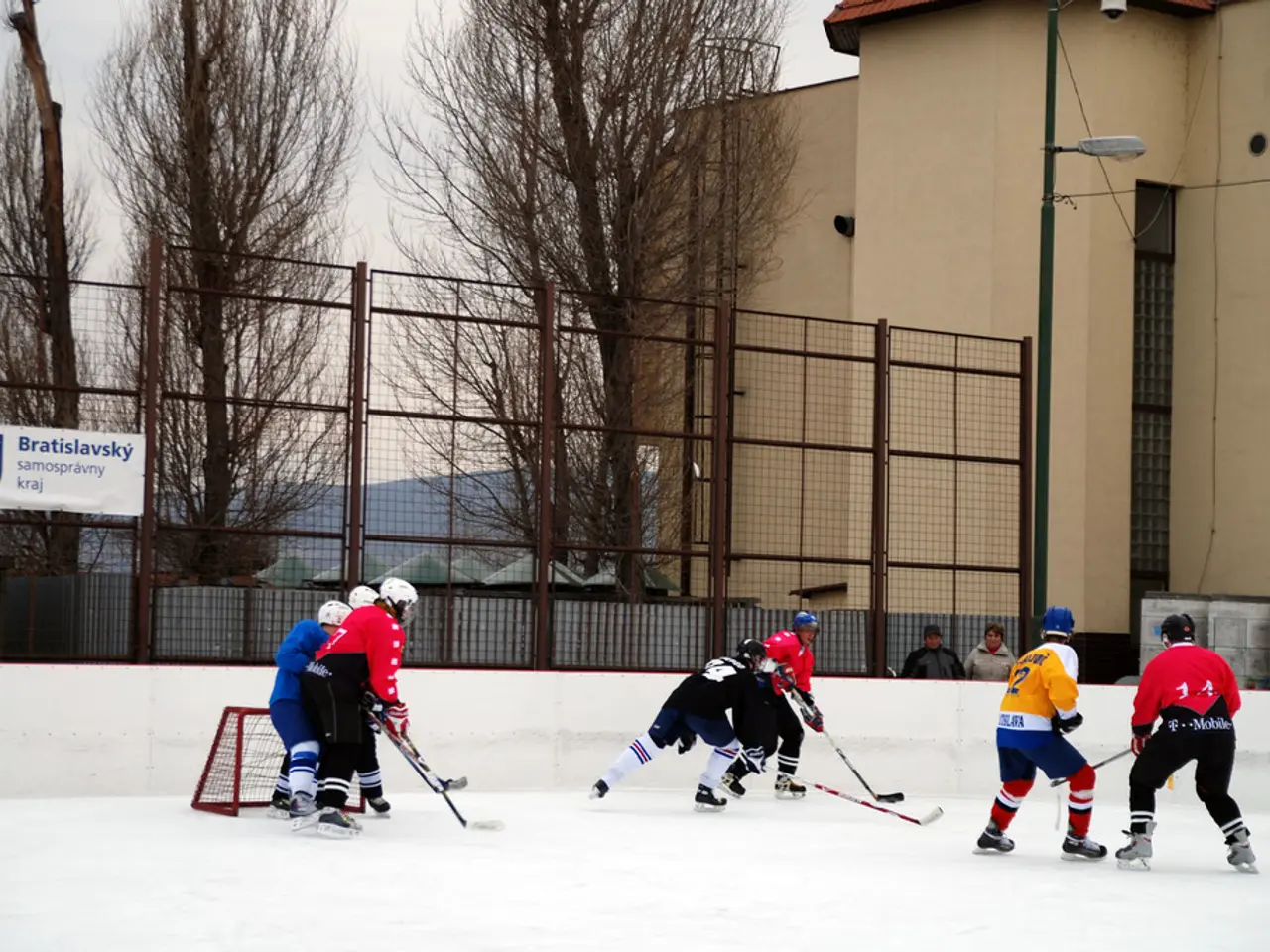Border Controls Installed on Both Polish Borders
In a move aimed at combating illegal migration and human trafficking, Poland has reinstated border controls at 52 crossings with Germany, following Germany's earlier introduction of similar controls. The decision, which took effect on July 7, 2025, also includes 13 crossings with Lithuania [1][2][3][5].
The Polish Interior Minister, Tomasz Siemoniak, emphasised that these controls specifically target "those involved in the illegal smuggling of migrants across the border," focusing on vehicles such as buses, minibuses, cars with many passengers, and those with tinted windows, which are seen as potential means for human traffickers [2].
This move is a response to Germany's previous border controls aimed at discouraging asylum seekers and was partly triggered by accusations from far-right groups in Poland claiming Germany was transporting migrants back into Polish territory after reaching Western Europe. However, German Chancellor Friedrich Merz has denied such claims [2][3].
Although Poland and Germany are part of the visa-free Schengen Area, which normally allows free movement, Schengen rules permit temporary border controls in exceptional security or emergency situations, and this is cited as the reason for reinstating checks [1][2].
Reactions from commuters and shoppers have included concerns about possible traffic jams and delays at these busy border crossings. Lithuanian authorities, for example, have prepared to manage traffic flow to minimise disruptions and keep checks brief [3]. However, many everyday travelers reportedly face inconvenience, although the Polish authorities assure "ordinary travellers have nothing to fear"—the controls mainly target suspicious vehicles linked to illegal migration and trafficking activities [2].
In Germany, Federal Interior Minister Alexander Dobrindt ordered intensified border controls shortly after the new federal government took office in May. The center-left government in Warsaw has ordered these controls as a reaction to German border controls. Asylum seekers can now be turned back at the border, according to Dobrindt [4].
However, not all commuters are convinced that these controls can curb irregular migration. For instance, Oliver from Eberswalde, who drives to Schwedt once a week for work and then goes to Poland to fill up, finds the controls generally acceptable for security reasons, but notes difficulties when border guards do not speak German [4].
Representatives of German economic associations in the border region warned of negative consequences for goods and commuter traffic before the start of the controls. An Estonian citizen was arrested in the early morning hours at one of these crossings, attempting to enter the country irregularly with four others [4].
These controls reflect heightened tensions over migration policies between Poland and Germany and represent a challenge to the Schengen free movement framework [1][2][3]. The controls are scheduled to last until August 5th at the border with Lithuania, and their duration with Germany remains uncertain.
- The reinstatement of border controls by Poland is part of a wider political response to war-and-conflicts-driven migration, as outlined in policy-and-legislation discussions within politics.
- The Polish government's focus on implementing these controls specifically targets vehicles suspected of being involved in illegal migration and trafficking, which is a key issue in general-news coverage.
- The ongoing border controls between Poland and Germany, in turn, have stirred debates about their effectiveness in curbing irregular migration, with varying opinions from commuters and economic associations.
